The Valiant Welshman , the Scottish James,
and the Formation of Great Britain
RESEARCH IN MEDIEVAL AND EARLY MODERN CULTURE
STUDIES IN MEDIEVAL AND EARLY MODERN CULTURE
Medieval Institute Publications is a program of
The Medieval Institute, College of Arts and Sciences

W ESTERN M ICHIGAN U NIVERSITY

Copyright 2018 Walter de Gruyter GmbH, Berlin/Boston
Library of Congress Cataloging-in-Publication Data
Names: Megan S. Lloyd, author.
Title: The Valiant Welshman, the Scottish James, and the Formation of Great Britain Megan S. Lloyd.
Description: Kalamazoo : Medieval Institute Publications, 2018. | Series: Research in medieval and early modern culture | Includes bibliographical references and index.
ISBN: 9781580443531
eISBN: 9781580443548
All rights reserved. Without limiting the rights under copyright reserved above, no part of this book may be reproduced, stored in, or introduced into a retrieval system, or transmitted, in any form, or by any means (electronic, mechanical, photocopying, recording or otherwise) without the written permission of both the copyright owner and the author of the book.
Every effort has been made to obtain permission to use all copyrighted illustrations reproduced in this book. Nonetheless, whosoever believes to have rights to this material is advised to contact the publisher.
Acknowledgments
I AM SINCERELY THANKFUL TO many for encouraging me and helping me bring this work to print.
Special thanks go to Marisa Cull for her generosity in sharing her work and her ideas on The Valiant Welshman .
Thank you to Erika Gaffney, Senior Acquisitions Editor at Medieval Institute Publications, who believed in my work, moved it forward, and who has been just delightful to work with.
Thank you to the anonymous reviewers for their detailed and helpful suggestions that nurtured this into something better. Thank you to my copyeditor, Barbara Spender, who improved my work.
The reference staff at the D. Leonard Corgan Library at Kings College located hard to find information that was invaluable to my research and Karen Fiorello, Administrative Assistant at Hafey-Marian Hall, provided vital clerical skills. Thank you.
Parts of this book began as contributions to various meetings of the North American Association for the Study of Welsh Culture and History (NAASWCH). Thanks go to conference organizers and attendees for lively discussions that offered me valuable ideas.
Other people to thank include John Lloyd, for reading and supporting my work, Beth Brown, for late night and long road trip discussions, and Margaret Lloyd for her genuine interest in my project.
A diolch yn fawr iawn to my family, especially my children, Daniel and Kate, whose patience with mommy enabled mommy to finish her work. Finally, thank you, Bill, for walking gently through this process with me, for giving me your encouragement, your time, your comments, and your smile.
Introduction
I am invited to enter these gardens
As one of the public, and to conduct myself
In accordance with the regulations;
To keep off the grass and sample flowers
Without touching them;
....................................
I am not one
Of the public; I have come a long way
To realize it. Under the suns
Feathers are the sinews of stone,
The curved claws.
A Welshman at St. James Park
T HESE WORDS FROM WELSH POET R. S. Thomas capture the sentiments of generations of Welsh people coming to England, yearning to be part of England, yet feeling isolated from it. They are especially descriptive of the Welsh moving to London when the Tudors came to power and the Stuarts continued the Tudor legacy of welcoming Wales. What Thomass words convey and what many Welsh people found when they arrived in England was that although they were invited into the garden, becoming members of the public, their price was to follow the rules, keep off the grass and sample the flowers/Without touching them. Some flourished, such as Dr. John Dee attached to Elizabeths court and John Herbert, who became Jamess Second Secretary of State. Others found, like the speaker in Thomass poem, that they had journeyed a long way to realize they were not part of England.
Thomass words also fit James VIs journey to become James I of England. Applying the English words written by a Welsh poet to a Scottish king who takes the English throne may seem unusual, but it is in keeping with the circumnavigation of cultures and peoples both Henry VIII and James VI and I performed in the name of union. When James VI of Scotland and I of England proclaimed himself king of Great Britain, he proposed a merger of parliaments as he had joined two crowns in his own person ascending the English throne in 1603. For James, in his quest for unification, Wales stood as the ideal. Henry VIIIs Acts of Union of England and Wales (1536/43) brought two nations together and served as an example for English Scottish union under one king, James. Although the parliamentary union of Great Britain was not initiated for another 100 years, the English Parliaments refusal to follow Jamess wishes failed to deter James from wanting a Great Britain. Indeed, R. A.s early modern play The Valiant Welshman became part of the public spectacle of unity required to nurture Jamess dream.
The Valiant Welshman, the Scottish James, and the Formation of Great Britain considers national, regional, and linguistic identity in the early modern play The Valiant Welshman . Specifically, it explores how this play promotes Wales, serves Jamess unionist agenda and dramatizes the conflict between Jamess vision of Britain and Englands imperialist nature by giving Wales a voice.
Drama itself is a vital window into contemporary cultural mores and conflicts. In the early modern period, London playhouses gauged public sentiment and provided space to enact models of leadership. After 1603 the stage turned to subjects that endorsed the new regime and reflected themes of unification. The Valiant Welshman is one of many plays and masques that staged pre-conquest post succession plots to honor the new king. Nonetheless this play tells a significantly different story of union. No other extant early modern English drama features a Welsh leading character at its center. The Valiant Welshman himself is the Welsh prince, Caradoc or Caratacus, who in the first century led a rebellion against the Roman Emperor Claudius. Though ultimately captured, Caradoc was spared, thanks to his eloquent and civil speech as well as his military prowess. Indeed, his kingdom was saved, and the whole isle of Britain was preserved. The play depicts a small disparate group of kingdomsAnglesey, North Wales, South Wales, the Marches, York, and Britain sizes the importance of language and civility. In addition, the play may be seen as a parable for union. If we look at The Valiant Welshman through the eyes of union, we see the title character as a substitute for James himself, uniting the island yet preserving each regional identity while fending off the greater power of Rome, really a disguised England, which would absorb them all.



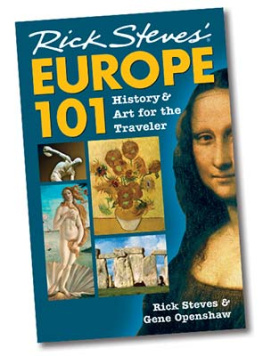
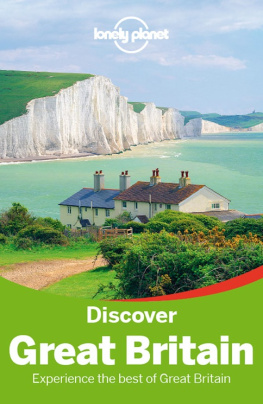
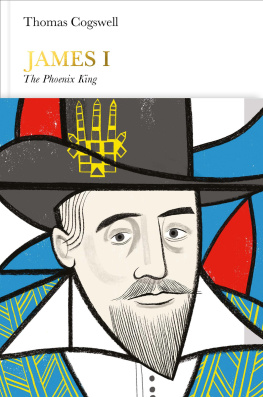
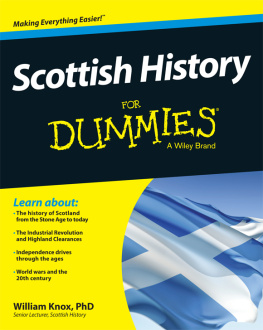

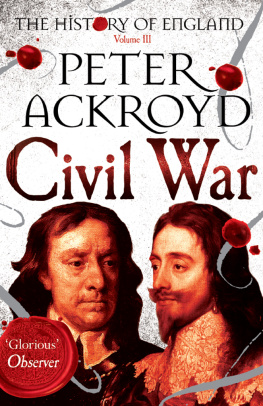
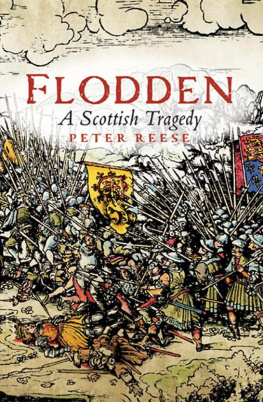
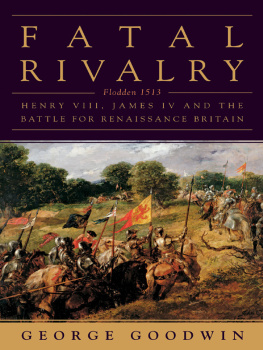
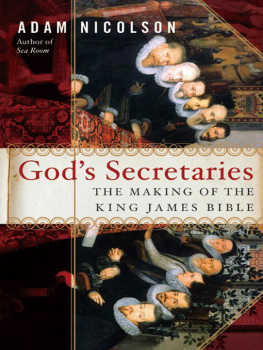

 W ESTERN M ICHIGAN U NIVERSITY
W ESTERN M ICHIGAN U NIVERSITY